The primary mission of this office is to manage irrigation water. Given the increasing challenges in water resource development, we align with government policies to enhance and improve irrigation facilities while utilizing technology to remotely and effectively monitor water volumes across various irrigation systems. This approach enables us to implement water-saving measures during dry periods and optimize irrigation facilities and paddy field functions during rainy seasons. By facilitating soil infiltration between fields to recharge groundwater, we create a broader water resource cycle, ensuring the sustainable use of both soil and water resources. Only by "storing water on the farm" can we achieve sustainable agricultural development.
Yilan, in northeastern Taiwan, relies entirely on rainfall for its water supply. River flows fluctuate considerably, and rainfall distribution is uneven. The county lacks reservoir facilities for water regulation. As a result, water availability during irrigation periods is unstable, limiting the effective management of water resources.
The primary sources of irrigation water in Yilan include the Lanyang River, Yilan River, Dezikuo River, Dongshan River, Xincheng River, and Nanao River. To manage irrigation across the region, 25 weirs, 22 headworks, and 150 canals have been constructed. The intricate irrigation and drainage network is divided into lateral and sub-lateral systems, comprising more than 9,000 channels that extend over 3,300 kilometers. This vast network covers the Lanyang Plain.
Despite its extensiveness, the irrigation network in Yilan suffers significant water loss during conveyance. Along with natural runoff, water is sourced from springs, ponds, groundwater, and return flows from drainage systems. In downstream areas of irrigation zones, pumps are used to extract groundwater to supplement surface water, optimizing scarce water resources for farmland irrigation.
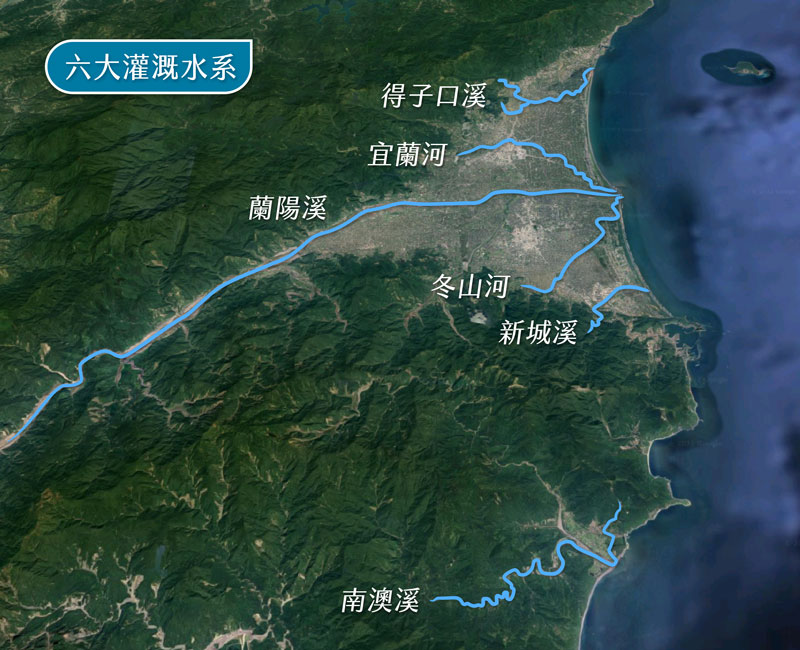
To effectively utilize irrigation water resources, we not only allocate water but also maintain irrigation facilities to ensure a steady water supply to farmlands and remove excess water.
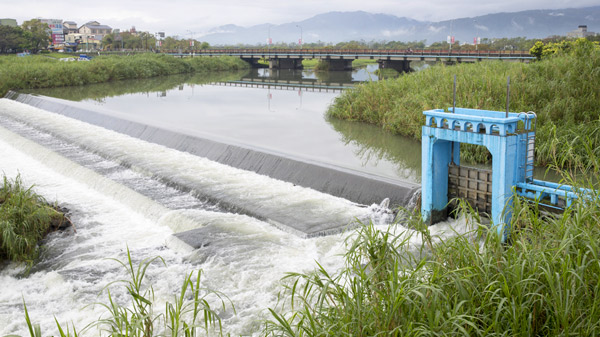
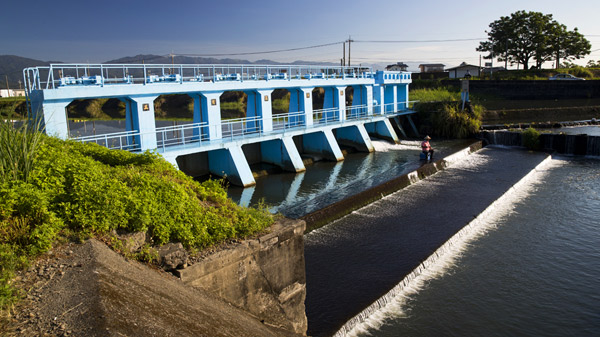
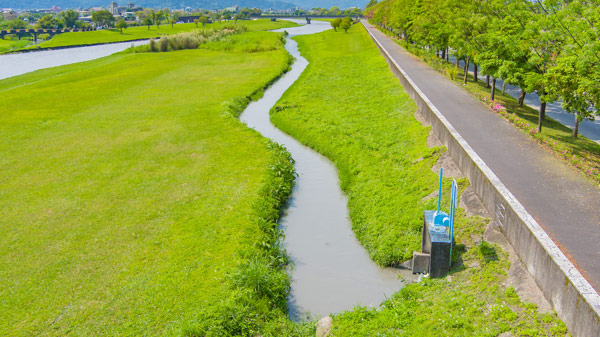
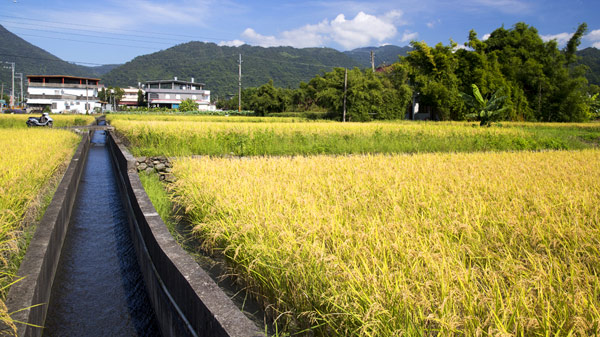
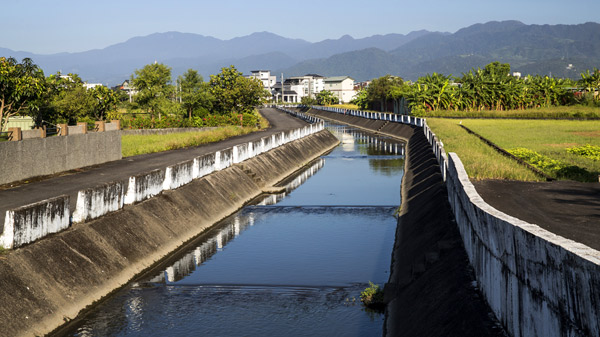
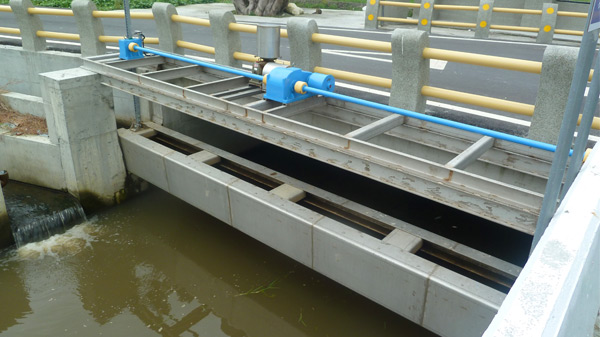
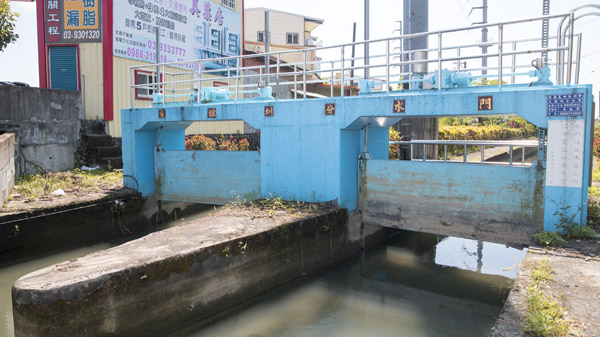
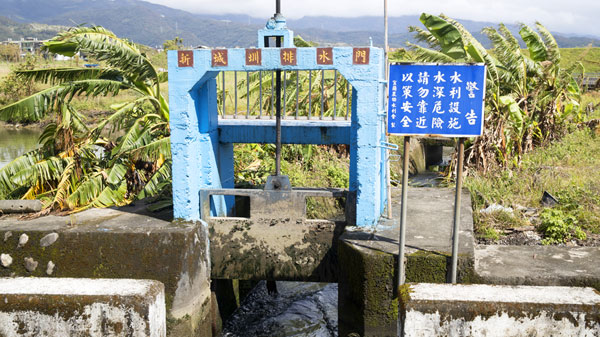
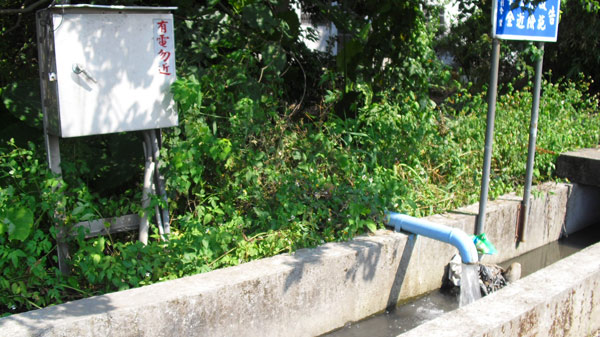
Crop cultivation in the irrigation project area is primarily focused on rice paddies, with rice cultivation accounting for 95% and other crops for only 5%. The irrigated area spans 17,686 hectares. According to 10-year average statistics on actual water usage, the first rice crop season uses about 57%, and the second rice crop season uses about 43%. Therefore, the irrigation plan primarily targets rice cultivation and is formulated based on the irrigation needs of crops in the field.
The irrigated area for the first crop season each year is about 10,000 hectares. For the second crop season, due to comprehensive fallow and crop rotation, the planned irrigation water is used for plowing fallow fields, maintaining paddy fields, and supplying water for domestic use, ecological purposes, and the upkeep of irrigation and drainage channels.
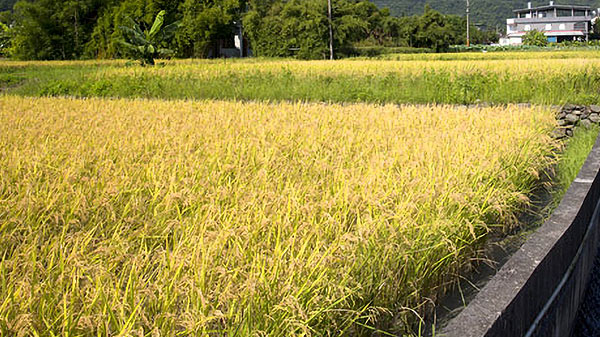
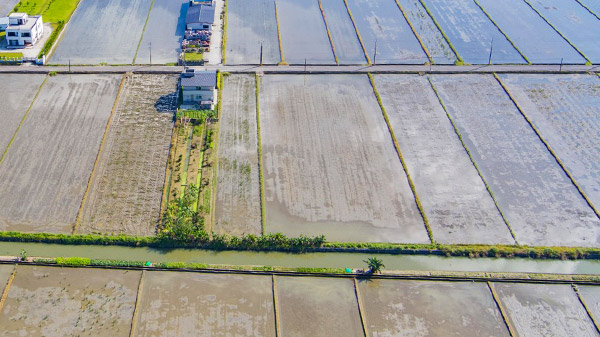
To address droughts and areas with insufficient irrigation water, various drought-resistant measures are implemented, such as developing new water sources, practicing water-saving, utilizing return flows, extracting groundwater, supplementing surface water, enhancing water distribution, and implementing rotation irrigation.
Each irrigation system is adjusted based on structural conditions, geographic environment, and cultivation practices. Channel management and water conveyance facilities are also improved to enable rotational irrigation.
Details of Water Distribution for Rotation Irrigation:
This office coordinates with various workstations to manage water distribution. The irrigation channels are divided into several large rotation areas for systematic rotation irrigation. Adjustments to rotation intervals are made based on changes in water intake, and workers are employed to assist in water regulation and distribution (e.g., rotation irrigation at the Anong River Water System).
Within ponds and channels, each zone is designated with different rotation intervals, and local water controllers are employed as needed to assist with water distribution (e.g., rotation irrigation at Zhuangwei Station’s Jintongchun Canal).